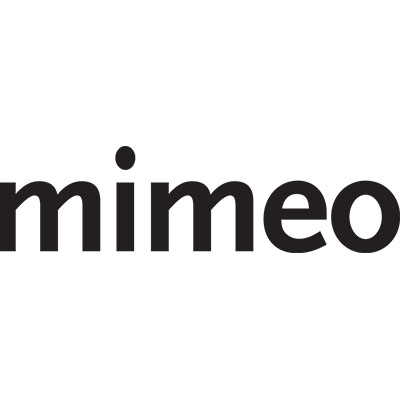ATD Blog
3 Common Training Handout Mistakes You’re Probably Making
Thu Jan 09 2020

When it comes to training handouts, we tend to leave them to the last minute. We print the “handout” version of our PowerPoint presentation, or we claim to know that our learners don’t want handouts, so we offer blank notepaper.
Do learners really not want handouts, or do they just not want mediocre handouts?
Mimeo recently partnered with Brian Washburn of Endurance Learning to put some thought behind what makes a good handout. Here are three common mistakes we see (and what you can do about it).
Mistake #1: Handing Out the PowerPoint
Look, we get it: PowerPoint has something called “handout” view, so why not just use that for your handouts?
It’s true that printing your PowerPoint is an easy way to reinforce information with space for learners to annotate your content. But there are a couple of problems with using the PowerPoint as your handouts. For one thing, your PowerPoint shouldn’t have much information on the slides. Furthermore, handing your learner a printout of the PowerPoint can often unintentionally send the message that they don’t need to pay attention but rather just read this handout. So, instead of printing out a slide, try taking the key information and turning it into a fill-in-the-blank exercise. That way, your learners are encouraged to interact with your content while you deliver it, which improves overall knowledge transfer.
Mistake #2: Info-Dumping
You have lots of information to share with your learners. That doesn’t mean you should hand them a one-sheeter crammed from one margin to the other with text.
Just like how your PowerPoints shouldn’t be overly filled with info, neither should your handouts. Your handouts are opportunities for learners to engage with the material, not to consume it for the first time.
Instead, try providing a structured note page, like fill-in-the-blanks or a Venn diagram for your learners to write in. Or, if you really want to make sure they can reference your key points, find a design that highlights information without dumping it across the page. Above all, handout leaves room for them to engage with your content.
Mistake #3: Forgetting About Presentation
Now comes one of the most common mistakes we see: dumping a loose group of papers on each learner’s desk.
We know that perception affects reality. Think about whether you can make small tweaks to increase the professionalism of your materials and the respect your learners award you. A better approach is to think about how you’ll organize the materials, when you’ll hand out specific pieces, and how you can personalize your handouts.
Here are some more ways you can tweak your presentation:
Provide all your handouts organized in a pocket folder or binder.
Use tabs or slip sheets to separate different sections of a course.
Use perforation to provide tear away sections.
Don’t forget about your multichannel approach. Some learners are going to prefer digital versions to use on their tablets, phones, or laptops. Some learners are going to prefer print. Consider a solution that allows you to provide both, without a wide variation in experience.
These are just three of the common mistakes we see in training handouts. If you want to keep thinking about how you can make your handouts more impactful, check out this free on-demand webcast: The Secret to More Effective Training: Better Handouts and be sure to join us at ATD TechKnowledge 2020.

